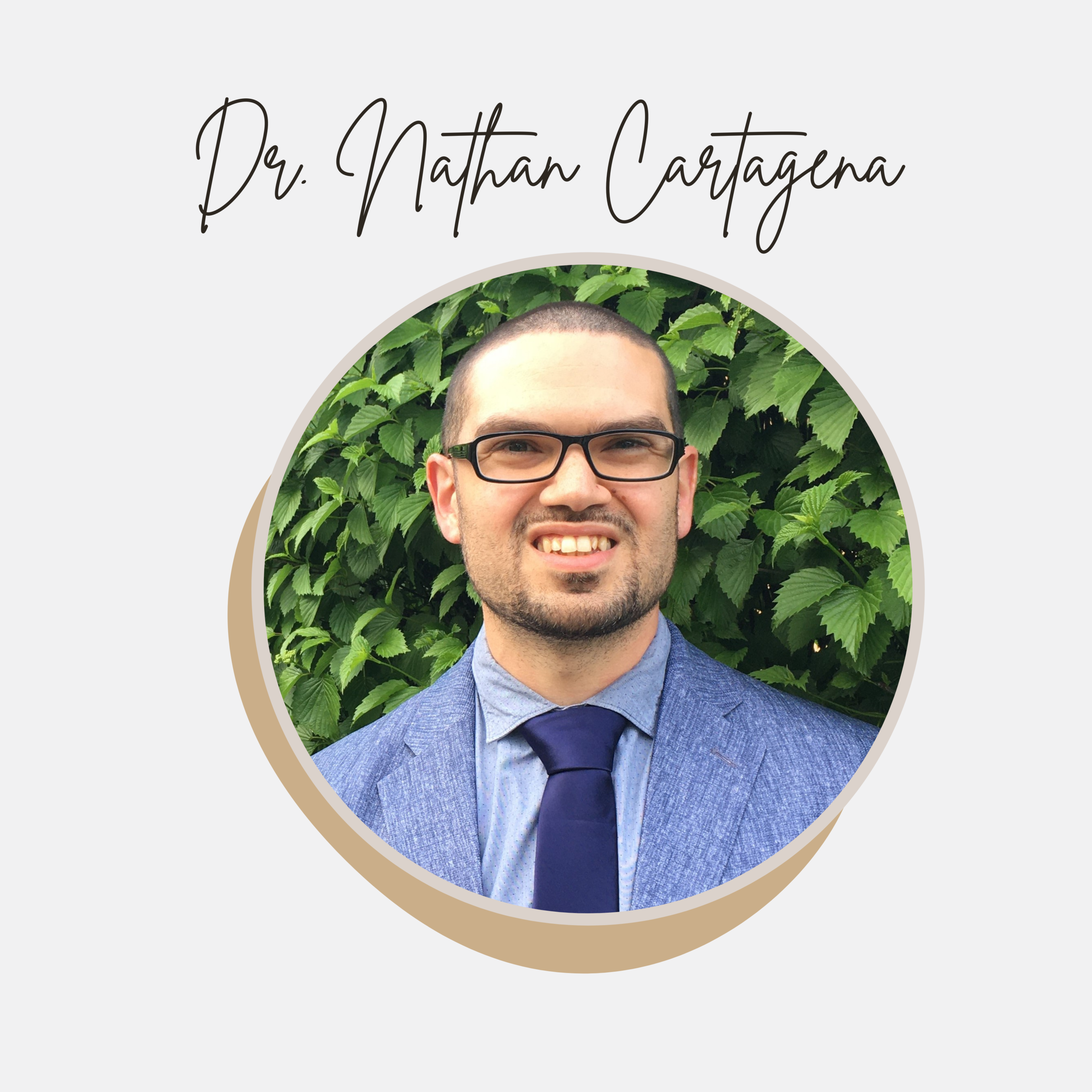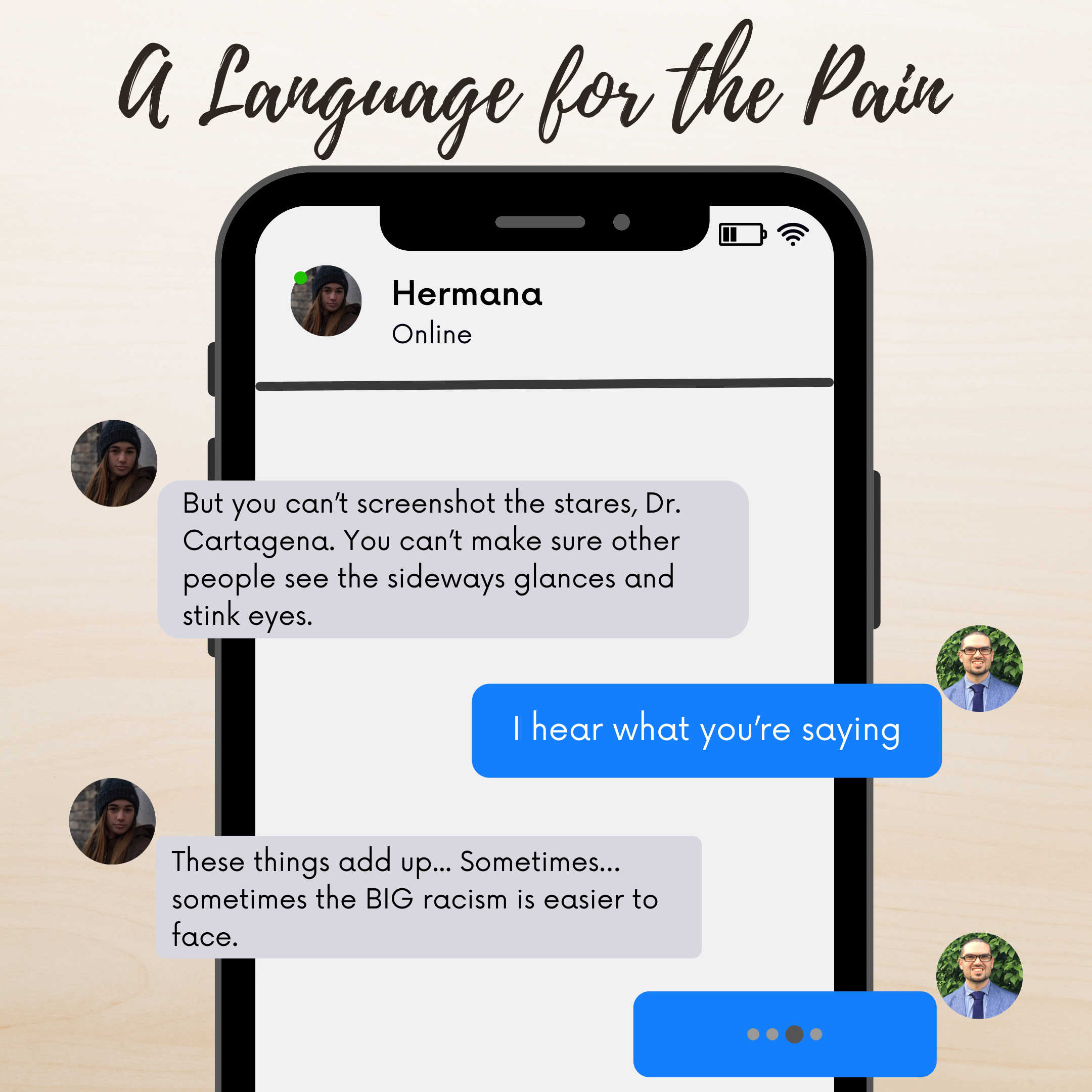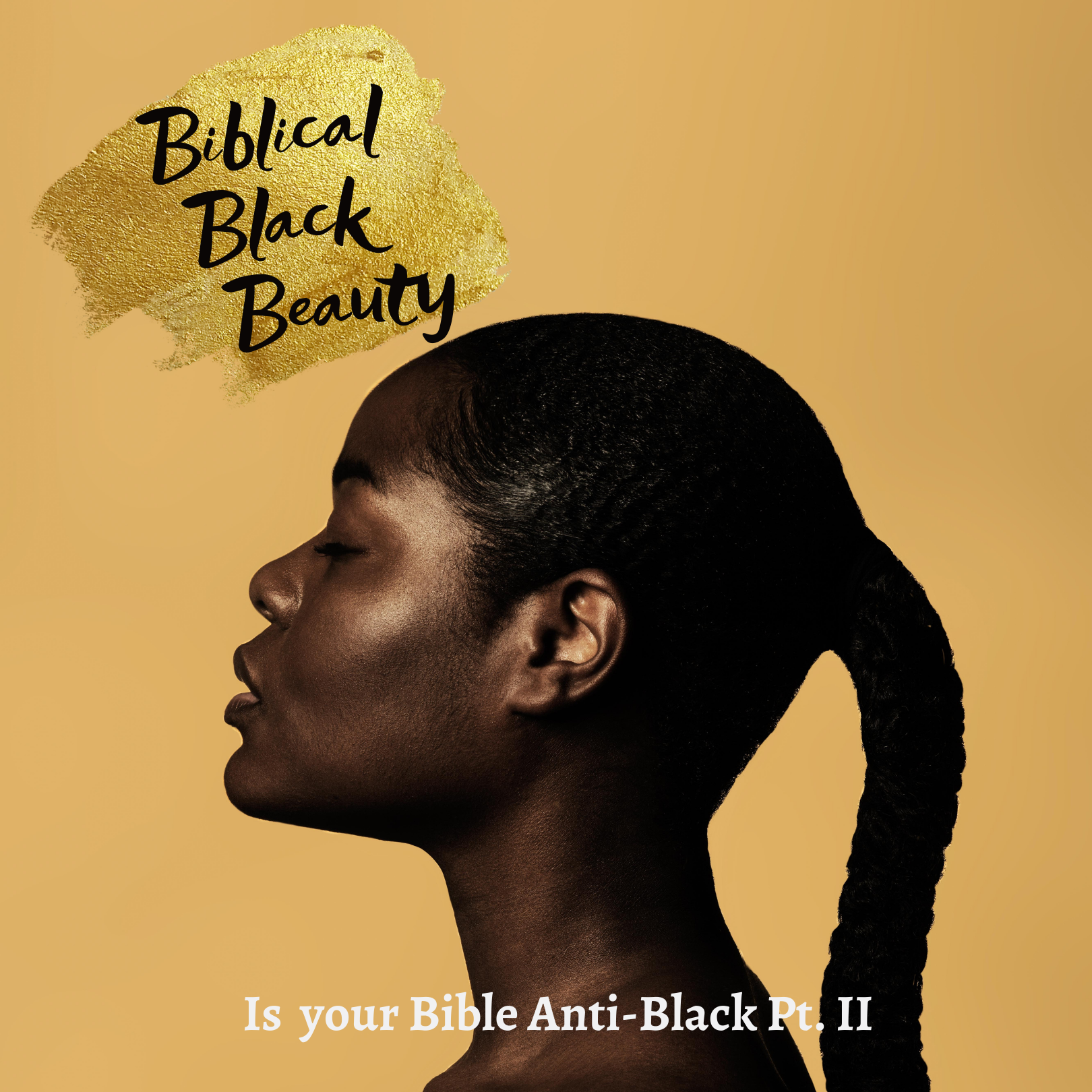Patricia Marie VerDuin (Sosa) was born on March 11, 1957 the only child born to Petra Olivia Carranza and Juan A. Sosa. Petra and Juan were Mexican migrants who settled in Ottawa County, Michigan. Like many children of immigrants, Verduin learned to live her life in accordance to certain rules. They were the rules that she was convinced would help her fit in the world around her. She was imparted three rules through the experiential wisdom of her parents:
Get an education, so that doors will open.
Get an education in the law, so that no one will take advantage of you.
Don’t let anyone know that you are Mexican otherwise doors will close.
These rules show the ways that her and her parents expected to be welcomed into the space in which they now found themselves. To belong, she would have to prove herself and, in some ways, hide parts of herself, namely her Mexican background.
But not all rules are explicit. Growing up in a largely Catholic household in Holland, Michigan, faith was a big part of VerDuin’s life. Faith seemed to come naturally to her, but communities of faith are not always reciprocal. VerDuin recalls that it was precisely in her faith community when she was awakened to her own sense of racialize identity and how those parts of her identity rendered her an outsider: “Some of the nun’s targeted me and punished me for being of a different color. It was in second grade that I was first painfully made aware that I wasn’t like other kids.”
These moments of awareness had subconscious effects on VerDuin. Sometimes it is the implicit rules we construct to adapt to our environments that eventually dictate how we navigate our given spaces. As VerDuin remembers, another one of these more insidious rules had to do with the sun and her complexion. Growing up her mother had discouraged her from being in the sun too long, “at the time I didn’t quite understand it, and frankly it has been a journey to understand it still, but I lived by that rule.” Many can relate to this sentiment of holding seemingly harmless rules. Like VerDuin, many women of color have learned to rely on our subconscious to construct these rules not just to help us adapt but to simply belong.
When The Rules No Longer Fit
VerDuin eventually found herself working in juvenile court, which introduced her to the world of public service. “What I didn’t know then” she says, “was that this was just the beginning of what would be a life-long commitment as a public servant.” She worked in court administration for 35 years. In addition to this, VerDuin was also getting more involved in her church, Grand Haven Presbyterian, and was ready to take on more leadership roles. What she didn’t see, however, was anyone who looked like her in a leadership role in her church. Nevertheless, VerDuin dared to pursue a seminary education—but God’s calling of us doesn’t always look like the straight line we expect or want. Verduin explains that her seminary pursuit came at a moment of convergence: “It was like the two, gender and race, were converging, it was like I was searching” Her search eventually led her into the work of a non-profit, the work of which she did in tandem with her seminary studies. She began consulting in a community foundation, her main project was to lead a community economic development initiative.
After a few semesters of seminary and a project that was gaining momentum, VerDuin left seminary to dedicate her time fully to the non-profit. Her initiative implemented a simple but by no means easy idea. VerDuin found that many children were failing out of kindergarten and this would have spiraling effects into their life, even to the point of delinquency. So preventative measures were needed, thus began a youth mentoring program dreamed up by VerDuin. Before kindergarten children would be tutored and prepped to help them feel ready for the crucial year before primary school. She created an avenue to set these young students for success. “It met this need of my faith, a need to serve,” Verduin explained, “and it also met my need to feel a connection to people who look like me.” It was precisely this work that would animate her present calling of coaching and mentoring.
As time went on, VerDuin eventually outlived her parent’s rules. She found herself in spaces where her background was an asset and her bilingual tongue was a way to further connect with those she was working with. In her role she noticed something; she found a majority of the students who needed help and educational intervention were latino/a. Being Mexican was an asset.
“Still”, she laments, “being a woman, a Latina had its difficulties”. She found very few people who looked or thought like her in leadership in these same spaces. She also found herself exhausted due to the amount of effort she put into changing her demeanor from one group to another (her partners, her staff, and the kids she worked with). She found that questions of her race and her gender in relation to her leadership began to arise more frequently, and it struck her, “I need more women of color in my life!” As she began her search, she found this was a real need, particularly for women of color. If she was going to re-write rules, her own and the rules of leadership, then she would need to look at the intersection of her own identity.
Re-writing Rules















